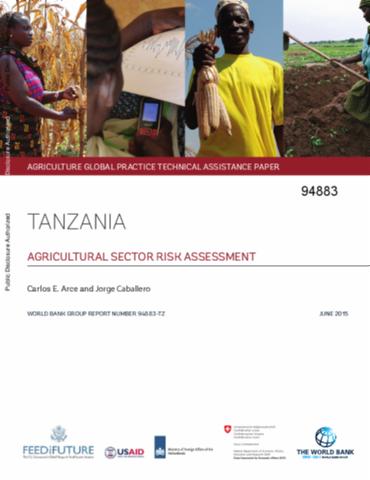Rural land rental markets in Southern Africa: trends, drivers, and impacts on household welfare in Malawi and Zambia
We use nationally representative survey data from two neighboring countries in Southern Africa – Zambia and Malawi – to characterize the current status of rural land rental market participation by smallholder farmers. We find that rural rental market participation is strongly conditioned by land scarcity, and thus is more advanced in Malawi than in lower-density Zambia. In both countries, we find evidence that rental markets contribute to efficiency gains within the smallholder sector by facilitating the transfer of land from less-able to more-able producers.









